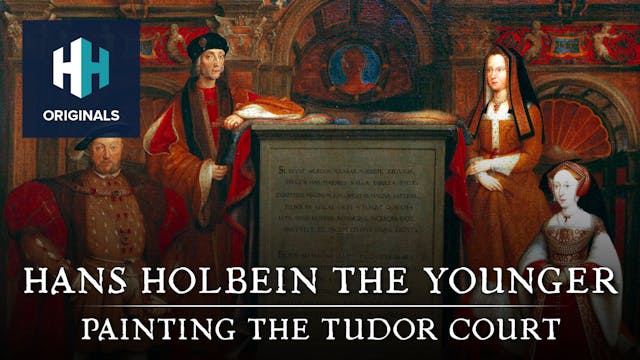Guy Fawkes: The Yorkshireman Behind the Plot
Subtitled Series and Documentaries
•
26m
Tensions were high in England in late October 1605, when a Catholic English nobleman, Lord Monteagle, received a mysterious letter telling him to avoid the opening of Parliament in a few days time. The letter would come to foil the plot to blow up the Houses of Parliament and kill the Protestant king, James I and IV: the Gunpowder Plot. Every year we celebrate this defining moment in British history, but the jovial atmosphere is a far cry from the origins of the tradition, which has its heart in deep social unrest and fever pitch religious tension. We may well be warned to remember remember the 5 November, but not many of us know the true story behind Guy Fawkes, the plot’s most famous conspirator and one of British history’s most notorious figures. In today’s world, it can be hard to envisage an England so riven with tension between Catholics and Protestants that 13 men would risk everything to try to kill the king and destroy one of London’s most famous monuments. But by tracing his childhood, through his schooldays to his religious conversion from Protestantism to Catholicism, alongside the context of the period, we can try to understand what may have driven Guy Fawkes to such extreme measures, and learn more about British religious identity by doing so. In this episode, Helen Carr goes on a road trip to York to discover more about the man who would try to sabotage parliament and who we remember to this day for his deep religious conviction.
Up Next in Subtitled Series and Documentaries
-
Hadrian's Wall
Neil Oliver visits the Wall - a massive statement of the power of the Roman Empire. Neil looks at recent discoveries which uncover the lives of the people who built and lived along the wall.
-
Hans Holbein the Younger: Painting th...
In this fascinating documentary historian Dr Nicola Tallis and author Franny Moyle dissect and unravel the meaning behind the famous paintings of the Tudor Court depicted by the renowned artist, Hans Holbein the Younger.
Born in Ausburg in 1497, Holbein worked as a painter and printmaker in Bas...
-
Hatshepsut: She Who Would Be King
Hatshepsut – whose name means “foremost of noblewomen” – was an exceptional figure in the history of Ancient Egypt. Only the second woman in history to assume the title of pharaoh, during her reign she oversaw the building of monumental temples, established trade connections with far away African...



